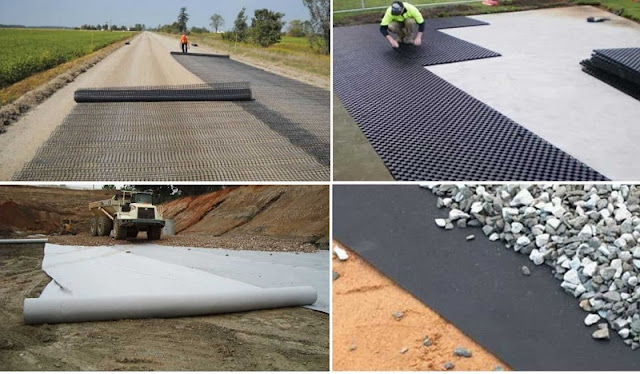5 Common Geosynthetic Clay Liner Uses

If your establishment is susceptible to an accident or leak, it requires a complete and sturdy containment method to reduce exposure to environmental hazards. In terms of the management of waste and containment, Shankar Techx is your expert for rapid responses and solving problems using top-quality geosynthetic clay liner . Below, We'll discuss the different types of geosynthetic clay lines and some typical applications of geosynthetic clay liners. What Are Geosynthetic Clay Liners? Geosynthetic clay liner systems are hydraulic barriers made using various low-permeability substances, geotextiles, and geomembranes. Chemical adhesives and mechanical methods such as extrusion join them. Geosynthetic clay liners are typically employed to manage waste and for containment. Numerous environmental laws imposed by regulatory authorities demand that any dangerous seepage be confined and properly eliminated; if not, the hazardous material could lead to severe health and environmental issues. ...
